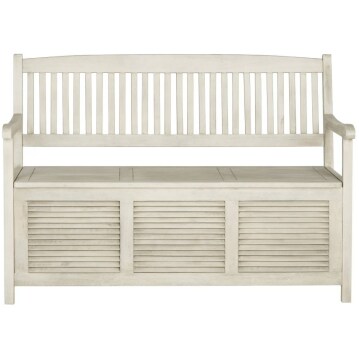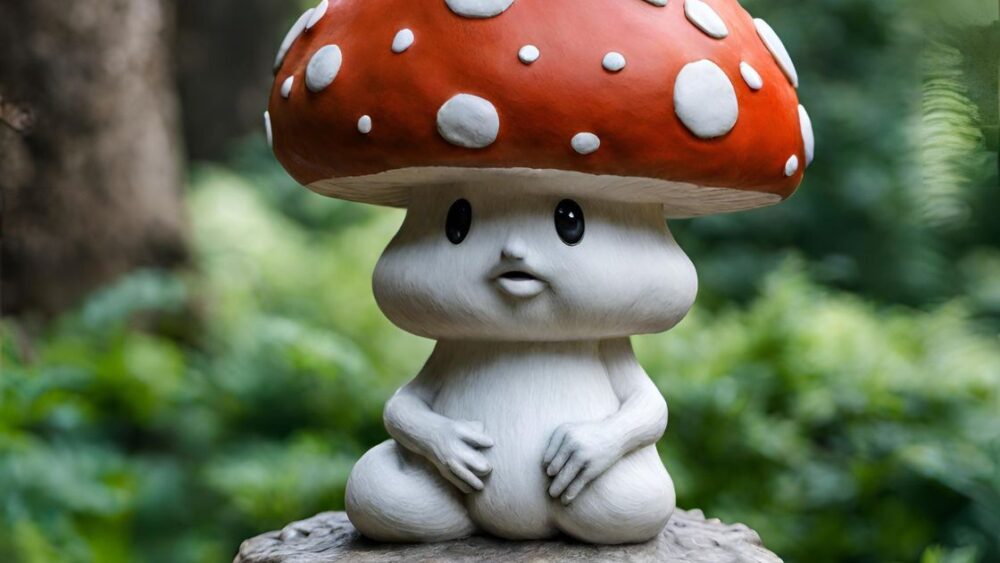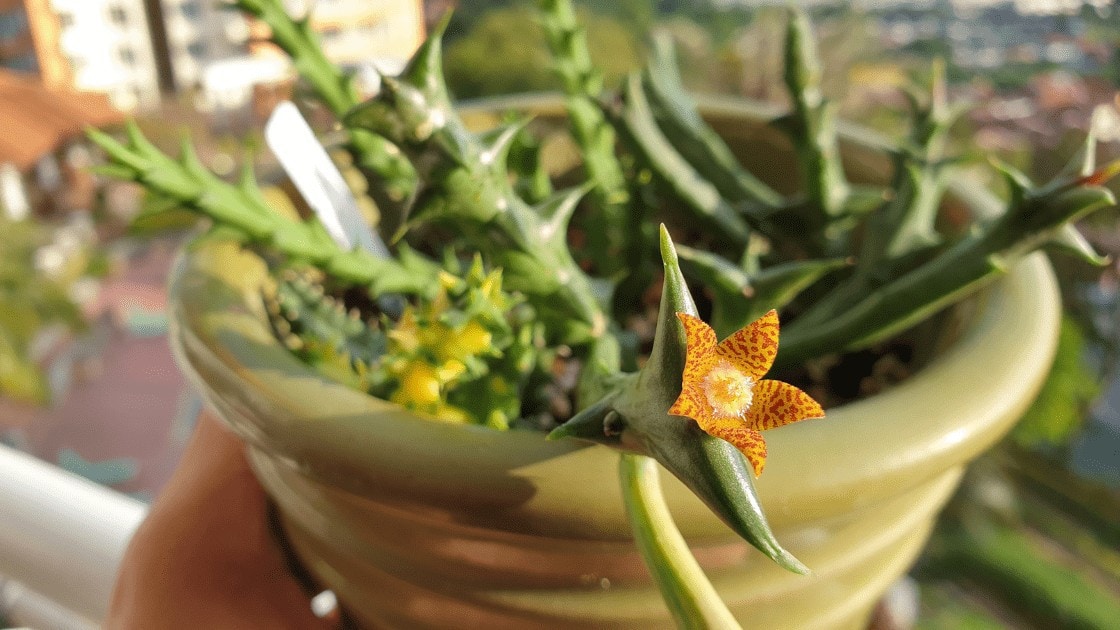
The desert rose, with the scientific name of Adenium Obesum, is a beautiful plant with attractive tree shapes, blossoming flowers, and gives off a pleasant fragrance even from far away. The desert rose not only makes a talking piece of your garden, but it is believed to bring wealth, fertility, and abundance to the owner as well.
Like other plants, the Adenium obesum has its medicinal and cosmetic uses too. From toothache, to wound treatment, to skin beauty, the desert rose definitely has a lot to offer. If you have plans of adding the desert rose to your collection, you’re making the right choice, and you have come to the right place. This post contains facts, tips, and everything you need to know about the desert rose plant.
What Are Desert Roses and Where Are They Found?
The desert rose, otherwise known as mock azalea, is a fascinating tropical plant. Each part of the plant strikes attention, from its succulent abundant trunk, blossoming flowers, and shiny dark green leaves. You may appreciate its beauty as a tree or a potted bonsai plant.
Browse our Affiliate Products
The flower of the desert rose comes in different colors, like white, red, pink, purple, lavender, scarlet, red, and even maroon. If ever you’ve been up close to a desert rose, you may smell its mild sweet fragrance that will make you feel closer to nature.
With proper care, sufficient warmth, light, a desert rose plant will stand out with its bulbous base, swollen stems, and dark green narrowing leaves.
Other Names of Adenium Obesum
- Desert Rose
- Mock Azalea
- Sabi Star
- Kudu
- Impala Lily
Where are Desert Rose Plants Found?
The Adenium obesum is considered a species of a flowering plant that originated from the tropical regions of Africa and Arabia. Nowadays,
desert rose plants can be seen in tropical or subtropical places as long as there’s an abundant source of sunlight and well-drained soil.
So the question is, can it thrive in places that experience winter? Yes, it can as long as it is potted and moved indoors. In fact, desert rose plants are one of the plants that are tolerant of cold weather conditions as long as it doesn’t come in contact with the snow during winter.
Amazon has a variety of desert rose plants as shown below.

Symbol of Desert Rose Plant
When it comes to the symbol of the desert rose plant, in the Chinese culture, it is called the “wealth plant.” Its swollen stem and roots signify fertility, wealth, and abundance. In Chinese culture, it is believed that if the swollen base is larger, the more wealth and abundance comes in the owner’s life.
Even its flowers represent something too. The bright colored flowers of the desert rose plants such as pink and red to attract luck and prosperity. That’s why it’s not just aesthetically pleasing to cultivate a desert rose plant in your home, but it also attracts wealth, abundance, fertility, luck, and prosperity.
Medicinal Use
Just like any other plant, a desert rose plant is nature’s gift to humans because of its medicinal purposes. Through years of study, it was found that it has pain-relieving effects kill lice, septic effects for wounds, skincare, and other unsupported claims.
In combination with other plants, its roots even are used to treat certain diseases. It may have beneficial medicinal purposes, but it also contains toxins. [1]
Poisonous Sap
If you plan on growing this plant in your home, it is best to be aware that its sap is poisonous. This is important to know when you have pets and children. Just make sure that they do not get in contact with it.
In addition, the roots of the desert rose also contain sap that is also found to be poisonous. In fact, its sap is known as an arrow poison used for hunting and fishing. In the future, if you come in contact with its sap while handling the plant, wash your hands immediately and thoroughly.
If you plan on adding one to your home or garden, just remember to treat them with respect as with all other plants. Listed below, are more ideas and tips you should know in order to fully appreciate its beauty.
What Are the Ideal Growing Conditions?
Since the desert rose plant is a succulent, it is known to be a plant that is easy to grow. What’s important is to get them enough sunlight and make sure to not overwater. Here are some frequently asked questions when caring for a desert rose plant. Surely, these are the questions you have asked yourself too.
1. What Type of Soil Do Desert Roses Need?
Desert rose plants thrive best in well-draining soils. There are ready to buy potting mix formulas for succulents or cacti, or you have the option to make your own at home. A regular potting soil comprises of 3 cups of soil, 3 cups of sand, and 1 1/2 pumice or perlite. The pumice or perlite aids in the drainage and aeration of the soil; that’s why it’s important. You can learn more about soils by clicking here.
It is suggested to place the soil at the bottom of the pot, the sand on its top, and the pumice or perlite on top to avoid rotting of the stem. It is also important to remember when repotting that the soil must be dry before removing the plant. The soil in which you want to transfer the plant must be dry as well.
2. How Much Water Do They Need?
The only tip to remember when watering desert rose plants is – DO NOT OVERWATER. Only water the desert rose when the soil feels dry. The desert rose may be fertilized at least once a month during summer and spring.
During the winter, if it’s in a pot, transfer it indoors and water the plant every three or four weeks only. Watering it this way enables it to be dormant so that it can bloom much better during springtime.
3. Can You Prune Desert Roses?
- Minor and Major Pruning
- Proper Pruning
- During Winter
- After Pruning
4. What Type of Fertilizer Is Best for Flowering
Assuming you’re done pruning before spring starts, and you’re in the process of repotting, it is best to fertilize it as well. The best type of fertilizer to witness the blossoming of its flowers is by the use of a phosphorus-rich fertilizer. But if your goal is for the general wellness and growth of the whole desert rose plant, slow-release fertilizer, or a well-balanced water-soluble fertilizer.
As for a DIY fertilizer, Epsom salt mixed with water can make a great fertilizer. Just pour the mixture on the base of the plant, or it can be sprayed directly on its foliage for more flowers. You can learn more about fertilizers by clicking here.
5. Growing Indoor vs. Outdoor
Desert rose has no problems in growing both indoors and outdoors. May it be planted on a pot or in your garden’s ground, it will give you satisfaction in taking care of it. The only secret for indoor and outdoor planting of the desert rose is well-drained soil and lots of exposure to sunlight.
Indoors: Thanks to the radiant blossoming flower of the desert rose, it makes a perfect decorative piece indoors. It can be used as a centerpiece for tables, miniature indoor landscapes, in a window plant box, or a home office table companion. May it be for the living room or the door entrance, as long as it gets enough sunlight, it will thrive beautifully.
If you live in regions with cold climates, it is best to have a potted plant. You can take it outdoors during the summer and spring. When it’s winter, it’s time to take it inside. Also, remember that the desert rose sap has toxins, and as much as possible, keep it away from the reach of children and pets.
Outdoors: If you live in a tropical country or in a hot region, there will be no struggles in growing the desert rose outdoors. If you live in a cold region, think twice if you want a desert rose tree. You’re better off with a potted plant.

For potted plants, you can always make the desired well-drained soil, but for outdoors, you’re quite dependent on what’s on your garden. A tip when planting a desert rose outdoor is to dig a big hole and make your soil mixture before planting it.
It can make a great outdoor landscape addition, or a big desert rose tree in your backyard. Just make sure to secure enough space for its bulbous stem to grow. As long as it’s in an open space with lots of sun exposure, with right soil mixture and watered at least once a week, it will surely add curb appeal to your home.
6. How Much Sunlight Is Needed?
The suggested sunlight exposure per day is six hours, so make sure to strategically place it somewhere the sun can reach it. When placed indoors, make sure to keep it away from the air conditioner or in places where there’s moisture (e.g., bathroom).
How to Propagate Desert Roses
The propagation or planting process of desert roses is through branch cuttings or seed. Branch cuttings are possible, but there are chances that it won’t grow as desired as compared to desert rose propagated with seeds.
If you have a mature plant that developed a seed pod, plant it as soon as possible. Planting the seed pod before it ripens, maximizes the germination process. If otherwise, you may buy fresh seeds from local suppliers. You know you’re buying a fresh set of seeds when the seeds sold are stored in 80 to 85 degrees Fahrenheit containers.
When Is Re-Potting Needed?
The general rule of thumb when it comes to repotting desert rose plants is during the warm season. Repotting desert roses can also be done before winter ends, in preparation for spring. This will allow the roots to have a full season of growth and expansion to grow fully. You may also transfer pots when you want your desert rose to grow bigger (as its size expansion depends on its pot area).
Planting vs. Potting
There’s a debate when it comes to the desert rose, which is better, “Planting or Potting?” The answer is simple, when you live in places that has snowy winters; you’re better off with a potted plant. If you live in a country that doesn’t, you can confidently plant the desert rose outdoors.

How Big Do Desert Roses Get?
When desert roses are placed in pots, it can grow two to five feet tall, and one to three feet wide, sometimes depending on the size of its pot. [3] Meanwhile, the tallest recorded Adenium obesum planted outdoors is recorded to be 15 feet tall.
Final Thoughts
The desert rose is truly a magnificent plant which has the ability to grow in multiple conditions with minimal care. The beauty of desert rose indeed captures the attention of everyone glancing its way. If you have plans of adding a desert rose to your collection, one things for sure, you won’t regret it.
References:










